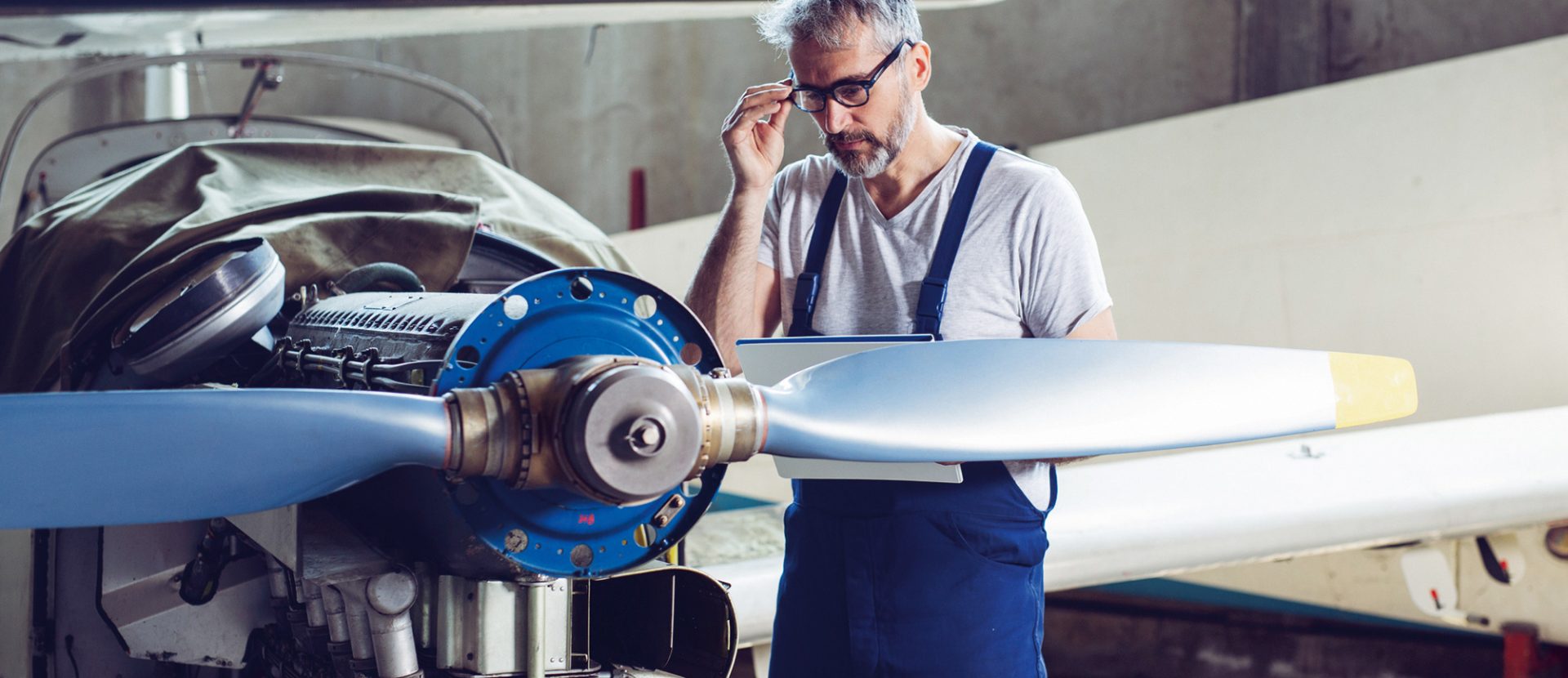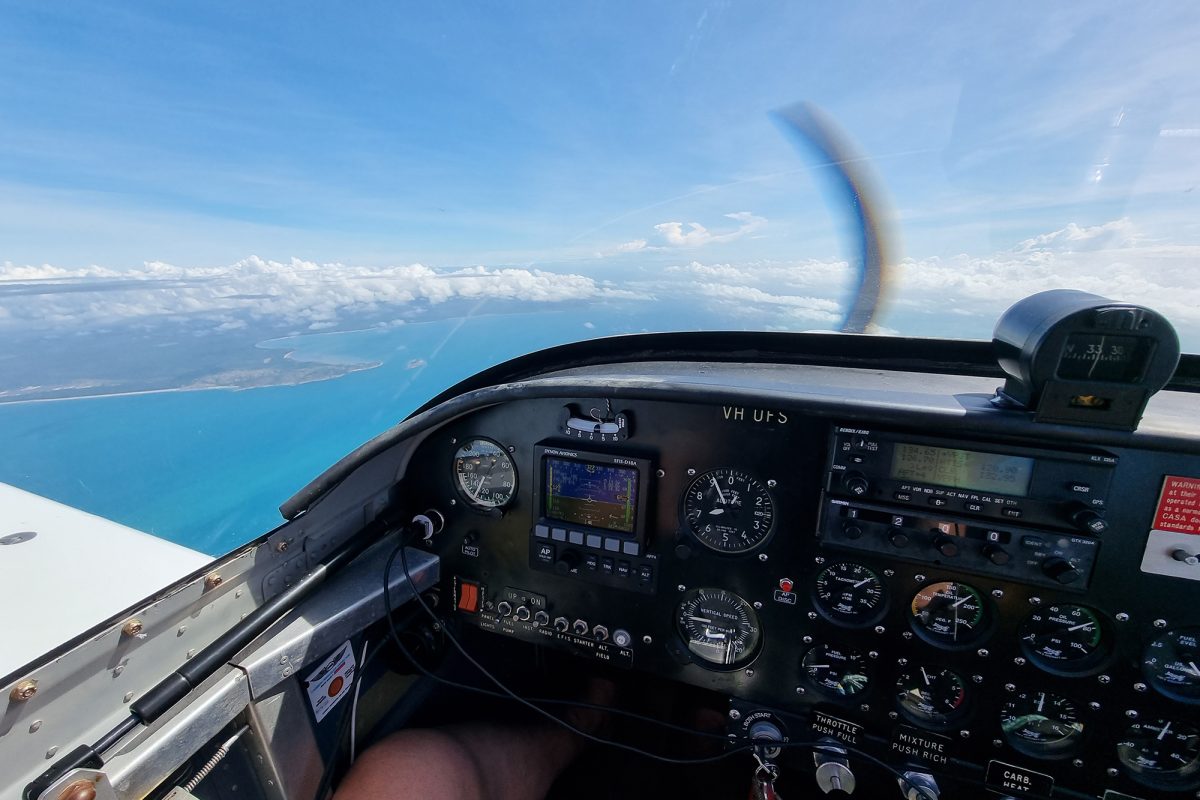WHY IT IS THE PERFECT TIME TO GET ON TOP OF YOUR AIRCRAFT MAINTENANCE!
All aircraft, even the simplest ones, require maintenance after a defined period of operation. The different systems and structures within an aircraft also have specific maintenance tasks that need to be performed to support their operation. The main objective of an aircraft maintenance schedule is to deliver an aircraft that is safe, airworthy, and available during its release from maintenance. The Australian winter period is generally a preferred time to complete annual maintenance requirements due to reduced favourable flying weather.
Throughout the year, RAAus randomly reviews aircraft maintenance logbooks. Too often when maintenance logbooks are inspected, the team pages through the years and finds nothing has been rectified on a machine. It’s tempting to interpret this as “they never have any issues, must be exceptionally well built! Everybody should own one of these.” But this is simply not the case. If there’s one certainty of aircraft ownership, it is that aircraft requires maintenance. Things break and they are repaired. Put it in the logbook.
We see that 25, 50 and 100-hourly inspections are carried out and recorded quite consistently. But we also see that they rarely result in the identification and/or rectification of the recorded issues. A logbook filled with entries is much better than an empty logbook, especially when it comes to resale time. Prospective buyers want to see what problems were identified and fixed. Ultimately, aircraft inspections are carried out to find problems, not to give it a big tick and say no maintenance required. Owners that care for their logbooks are owners that most likely have cared for their aircraft.
Section 12.5 of the RAAus Technical Manual relates to aircraft logbooks. Owners can find what information a logbook must contain as well as many examples of logbook entries. 2 years ago, a survey was sent to RAAus Level 2 maintenance authority holders asking their opinions on the condition of owner-maintained RAAus registered aircraft. The response regarding the overall condition of the fleet on a fivestar scale, from very poor to very good, revealed the fleet to be in a satisfactory to good condition. However, the area that required the most improvement was logbook compliance, especially compliance relating to Airworthiness Notices (ANs), CAO 100.5 tasks, and Service Bulletins (SBs).

It is very important to sit down and complete research on your aircraft and find what bulletins are applicable. Unlike the general annual inspection (where you are handson checking the condition and connections etc. of your own machine), an AN or SB has been released because other aircraft have been found to be defective. These are notifications of things like cracking, breaking, wearing and the loosening of parts. This means that you need to inspect your own aircraft for the same issues. An AN or SB is a signal that an identified issue is important and requires immediate action.
In the recent member survey that went out, over 90% of aircraft owners indicated that if an aircraft records service was available, they would use it. RAAus provided that result to Flight Safety Solutions, who have worked hard over the last six months to design a service that is now available to aircraft owners.
After completing a short online application, the owner and/or maintainer is supplied with a document specifically relevant to the requested aircraft make and model with a listing of:
- RAAus AN’s (Airworthiness Notices and Advisory Notices)
- CAO 100.5 Tasks
- Airframe Service Bulletins and Informational advisories
- Airframe Service Interval Information
- Engine Service Bulletins and Informational advisories
- Engine Service Interval Information
- Propeller Service Bulletins and Informational advisories
- Propeller Service Interval Information
- Equipment Updates (EFIS etc)
The data supplied is intended to be used by the aircraft owner (or the maintainer) to cross reference information that is or has been relevant to the aircraft with the information in the aircraft logbook. Using this data, the owner needs to determine the following:
- Is the information in the document relevant to this aircraft?
- If the information is or has been relevant, has the task actually been carried out on the aircraft? (Compliant).
- If the information is or has been relevant, has the task been annotated in the aircraft logbook? (Compliant).
- If the task is relevant to the aircraft, is the task recurring?
- If the task is recurring (i.e. – ‘check wing bolts every 100 hours’), has the recurring task been carried out on the aircraft and noted in the logbook for each time the task has been carried out? (Compliant).
Some SBs require annotation in the logbook even if they are not relevant to the aircraft. This can be in the form of a statement that confirms the task has been investigated and has been found not relevant to the aircraft.
The Aircraft Records Service makes these bulletins easily available to be read by the owner or by the owner’s maintainer. For more information, visit the Aircraft Resources page in the members portal at members.raa.asn.au.
The winter period is the perfect time to research and update your aircraft maintenance logbook. Flying is all about confidence in both yourself and your aircraft. Ensuring that your maintenance and your aircraft logbook is compliant will go a long way to instilling you with the confidence that your aircraft is up to the task.









